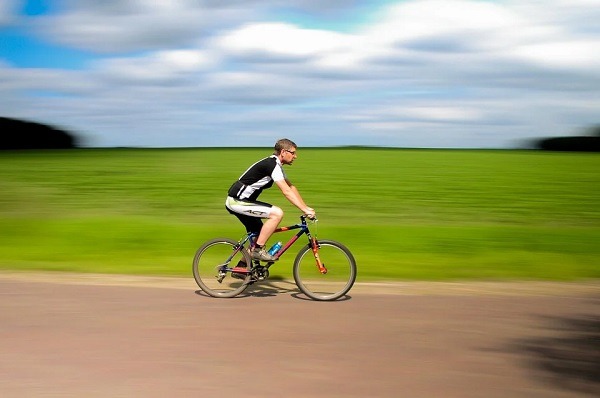Reasonable fitness levels and strong willpower encourage you to persist at bettering your cycling performance. Whether you are passionate about becoming an ace rider or intend to compete, you have to work on your endurance, strength, and speed.
With consistent practice, you can track your progress while reflecting on areas that need improvement. Developing your core strength enables you to keep your bike stable even on bumpy terrain.
Trustworthy blogs like The Cycling Point recommend introducing variations in your practice sessions to bring performance improvements.
Approach to Perform Better
Determination is what you primarily need to master any sporting discipline, including cycling. Even after making humble beginnings by riding down back alleys and scaling local hills, you can improve your cycling ability.
Mastering all essential aspects of the sport one by one is the right approach to adopt. Suggested below is a list of the major elements you need to work on to become a cycling pro:
Regular Bike Maintenance
Your performance is only as good as the bike you ride. A clean and regularly serviced bike ensures its longevity and functionality. Keep your tires inflated, check the brake pads for any worn-out section, and lubricate when necessary to reduce friction and corresponding noise.
By turning the bike over and spinning your pedals, you can assess if the wheels rotate correctly. Invest in a relatively flat bike seat of an appropriate size, so you do not experience discomfort and numbness while riding.
Fitness Levels
Comprehensive guides posted on blogs like The Cycling Point suggest you to cycle more to improve your biking fitness. Gradually increasing your cycling intensity by climbing hills does help to build endurance. After an intense ride, ensure you factor in a recovery session to reduce the stress on your muscles.
To motivate you further, set specific and effective fitness goals. Break them up into short, medium, and long-term goals. Finally, devise a practical plan to achieve your set targets.
Technical Aspects
Essential technical skills include learning how to brake effectively, change gears, and navigate corners. To master the braking technique, cycle in an empty zone, build up speed and stop the bike using your brakes. In this manner, you can establish how long it takes for your bike to come to a halt without the tires skidding.
The front brakes provide stopping power while the rear ones reduce the bike’s speed. Selecting the appropriate gear allows you to pedal comfortably. Climb a slope in low gear, descend on high, and stick to middle gears on flat terrain.
Having control over your bike while navigating corners prevents you from losing momentum. When you pedal with power using downward strokes, pedaling does not become a strain.
Attention to Safety
Potential safety hazards are lurking around; hence, protecting yourself is essential. Always look ahead, survey your surroundings and then proceed. Wearing bright-colored clothing, especially in bad weather and poor visibility, is of utmost importance.
Have a repair kit handy should an unforeseen eventuality arise. Stay clear of riding on the inner side of large vehicles in corners. Depend on a seasoned expert to elevate your cycling skills to impressive levels.

